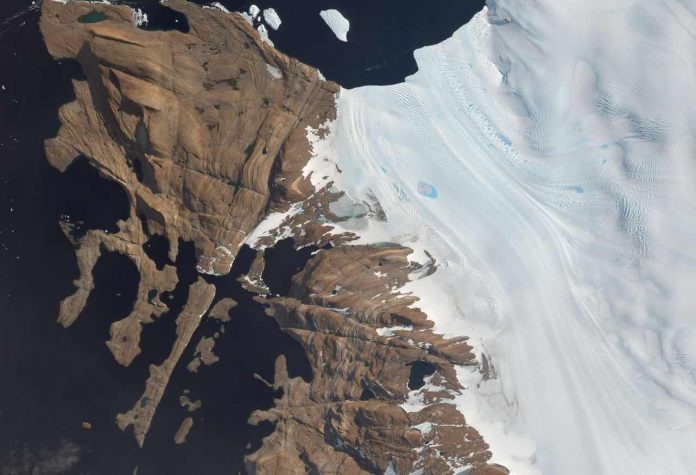Researchers say the new map of Antarctica is the highest-resolution terrain map of any continent in the world.
The new map has a resolution of 2 to 8 meters, compared to 1,000 meters, which was typical for previous maps.
“It is the highest-resolution terrain map by far of any continent,” said Ian Howat, professor of earth sciences and director of the Byrd Polar and Climate Research Center at The Ohio State University.
“Up until now, we’ve had a better map of Mars than we’ve had of Antarctica. Now it is the best-mapped continent.”
Howat is the leader of the mapping project, called The Reference Elevation Model of Antarctica (REMA).
The map and associated images and data will change science in Antarctica, Howat said, especially as it is updated.
“At this resolution, you can see almost everything. We can actually see variations in the snow in some places. We will be able to measure changes in the surface of the continent over time,” he said.
“We will see changes in snow cover, changes in the motion of ice, we will be able to monitor river discharge, flooding and volcanoes. We will be able to see the thinning of glaciers.”
How detailed is the map? Well, the total file size is more than 150 terabytes, or 150,000 gigabytes.
The map is precise and accurate enough that it will allow scientific teams to plan some trips over the treacherous terrain of the continent.
“It changes the threshold of what you can do in the comfort of your own office compared to what you had to do in the field,” he said.
The project began with images taken from a constellation of polar-orbiting satellites that passed over areas of Antarctica an average of 10 times to take photographs.
In addition to the images, the REMA project needed software developed by Howat and M.J. Noh of the Byrd Center that processed the data on high-performance supercomputers.
The software automated the assembly of overlapping pairs of high-resolution satellite images.
“We had to start from scratch to build this. The software had to filter the data, process it, and turn it into a refined product for the scientific and broader community to use,” Howat said.
Other collaborators included the Polar Geospatial Center at the University of Minnesota and the University of Illinois, which provided the Bl
ue Waters supercomputer that processed the images.
Ohio State was also involved with a complementary project, the Arctic Digital Elevation Model, which was launched earlier this year.















